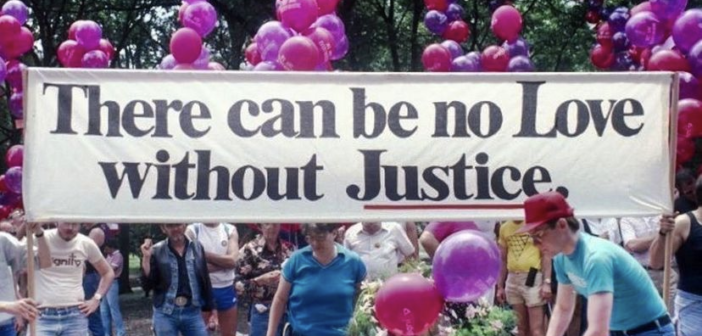By Asha Henfield, Contributing Writer
The accomplishments of 31 lesbian, gay, bisexual, and transgender icons are honored during LGBT History Month with a video, biography, bibliography, downloadable photos, and other resources every day in October.
When Rodney Wilson, a high school teacher from Missouri, decided in 1994 that a month should be devoted to celebrating and teaching gay and lesbian history, he gathered other educators and members of the community. They chose October because it is back-to-school time for public schools and because the month hosts established holidays like Coming Out Day on Oct. 11.
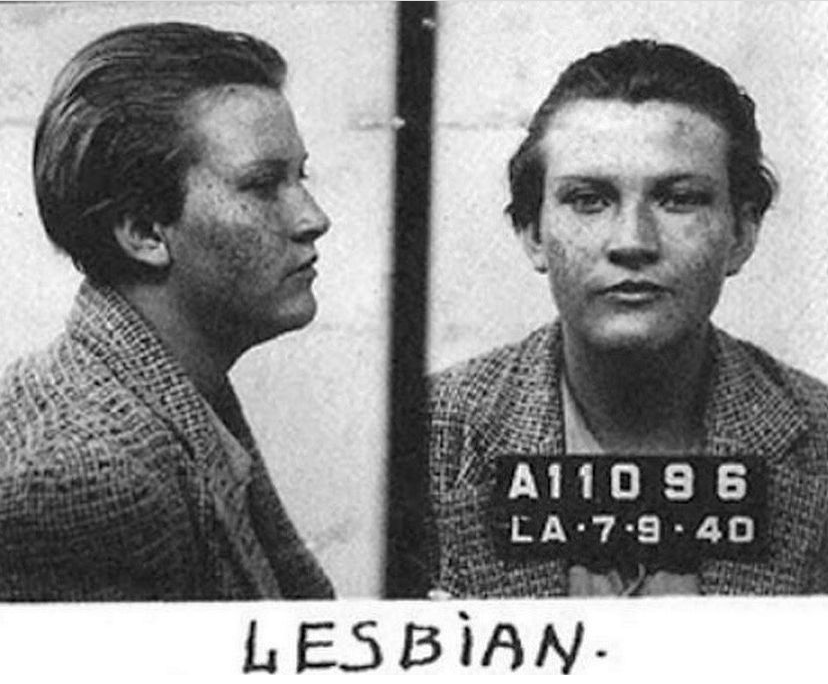
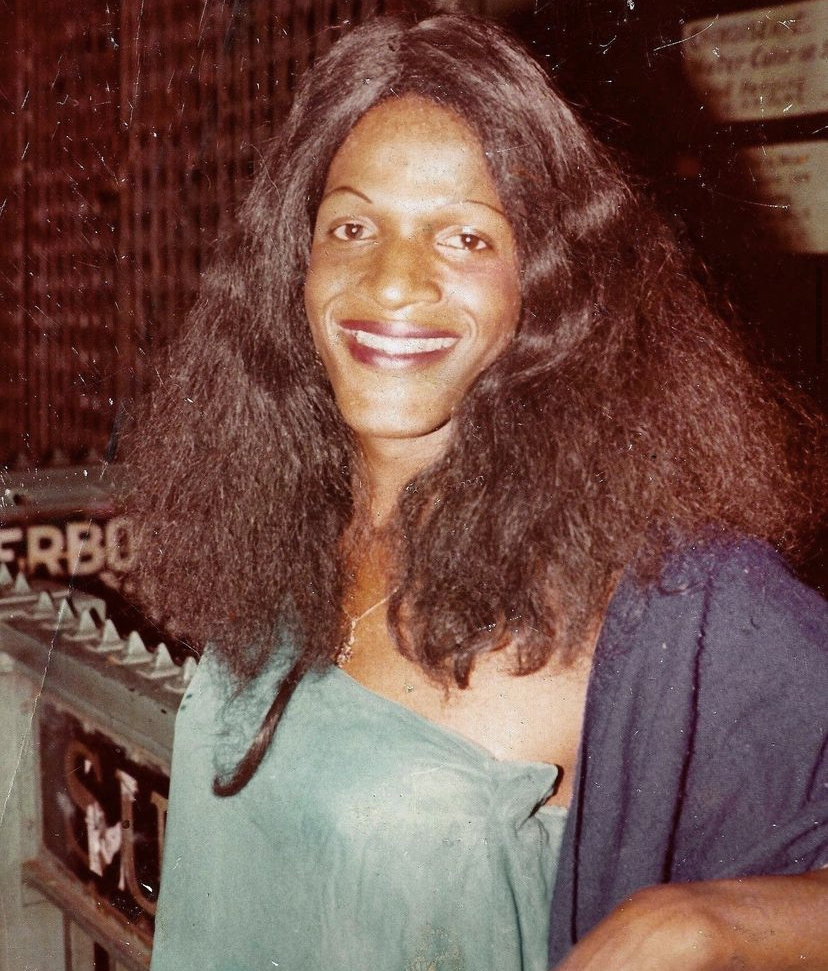
Only the LGBT community around the globe is not taught its history at home, in public schools, or in places of worship. LGBT History Month serves as a civil rights statement about amazing local, national, and international contributions while also providing role models and fostering community.
There are a vast amount of ways LGBT History Month is and can be celebrated.
- In your classes, study LGBT history. A supportive educator like your history teacher will happily include the LGBT Icon of the Day in class.
- Run a gathering. Organize an exhibition launch for LGBT History Month. Sponsor a program, assembly, or forum for educators.
- Welcome speakers. A present or former instructor, an alumnus, or an activist from the LGBT community could be invited to participate.
- Publicize events. Make your opinion known. Send in a notice to be read every day that includes a brief description of the icon for that day and points kids to this website.
- Launch a diversity campaign. All minority groups engage in the fight for equality. LGBT History Month can promote conversation and create connections. Create a meeting or panel discussion.
- Include your friends. The LGBT History Month is intended for all people.
“The efforts and accomplishments of the LGBT+ community have frequently been overlooked or ignored in history,” said Ziniah Thompson, a sophomore majoring in biology.
Because of this, many individuals are unaware of the LGBT+ community’s rich history and diversity, which can prevent them from understanding and accepting LGBT+ persons. To ensure that the accomplishments and contributions of LGBT+ people are not lost, it is critical to acknowledge and confront this erasure of LGBT+ history.
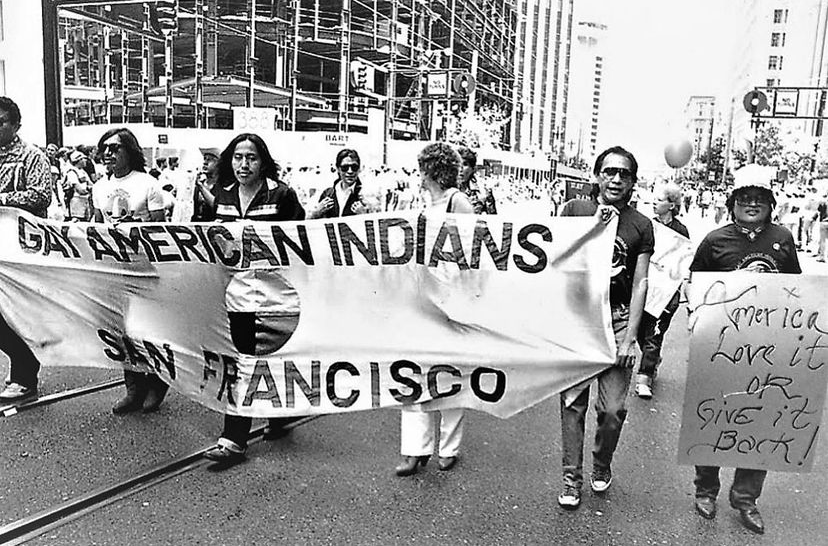
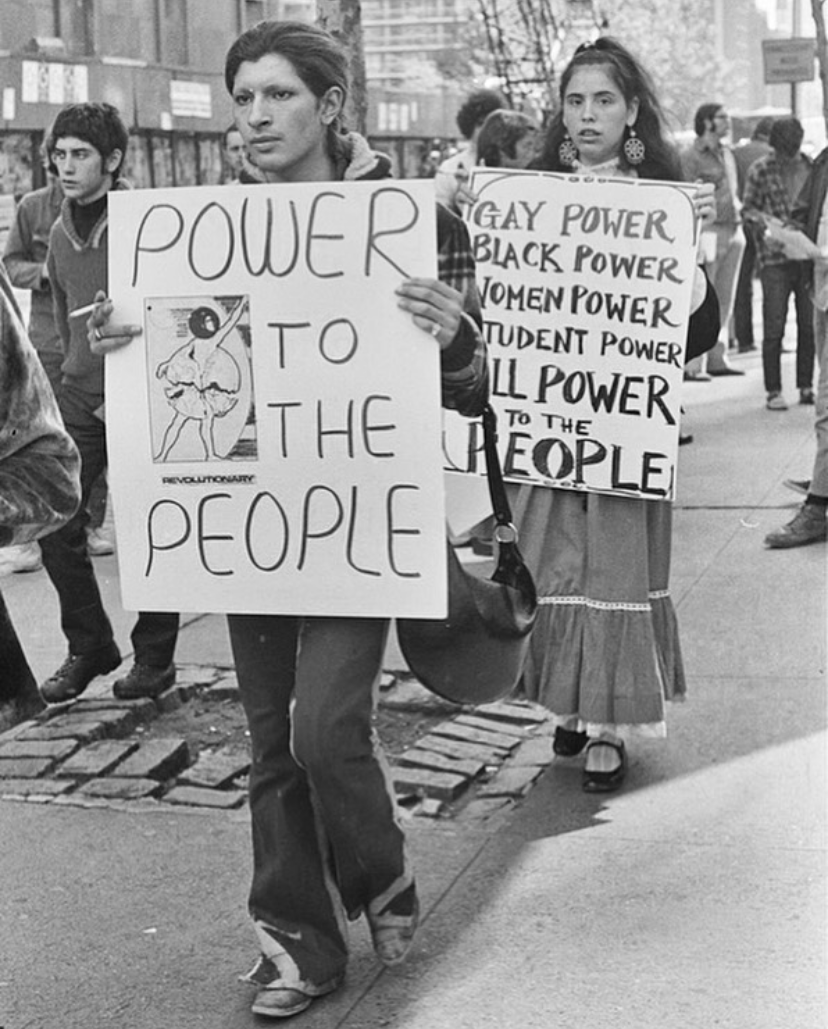
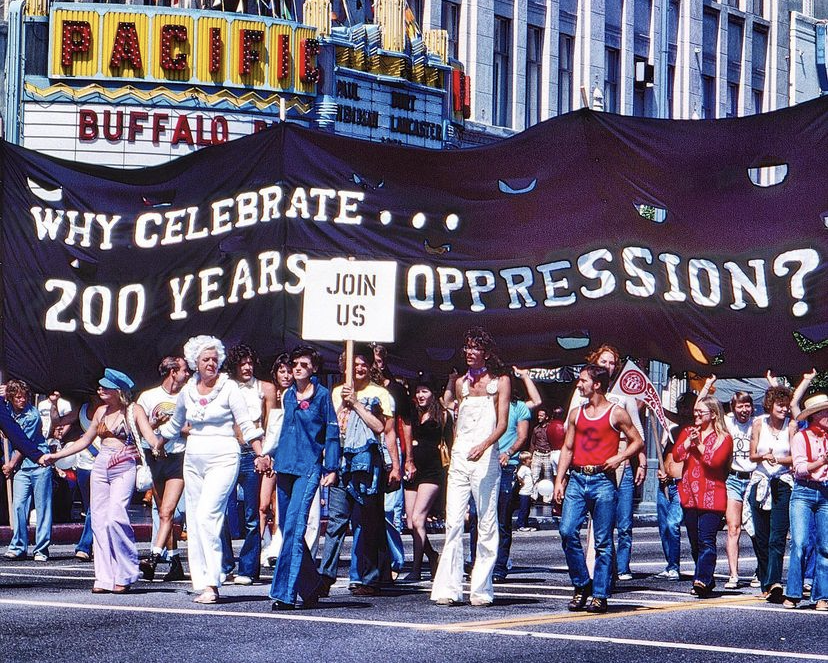
Sam Khan, a junior majoring in biology, thinks raising awareness of Queer history is essential because “the occasion contributes to recognizing and celebrating the accomplishments and contributions of the queer community, which are sometimes ignored or subsumed in traditional historical narratives.”
People have the chance to learn about the difficulties and problems that LGBT people have encountered and the discrimination and inequality they still experience.
“By exposing the diversity and depth of the LGBT community and demonstrating that queer people have long been a vital part of society, it can aid in the promotion of greater acceptance and inclusivity of gay people,” said Alex Torres, a junior majoring in computer science.
Additionally, educating individuals about LGBT history might motivate people to work to make the world more inclusive and equal for everyone.
There are several crucial reasons why the history of the LGBT community is unquestionably significant. It is evidence of the perseverance and grit of a minority community that has endured centuries of prejudice and persecution. The LGBT community’s hardships and victories have made a lasting impression on human history and have inspired people and movements striving for justice and equality worldwide.
Make sure to check out their website to learn more!

